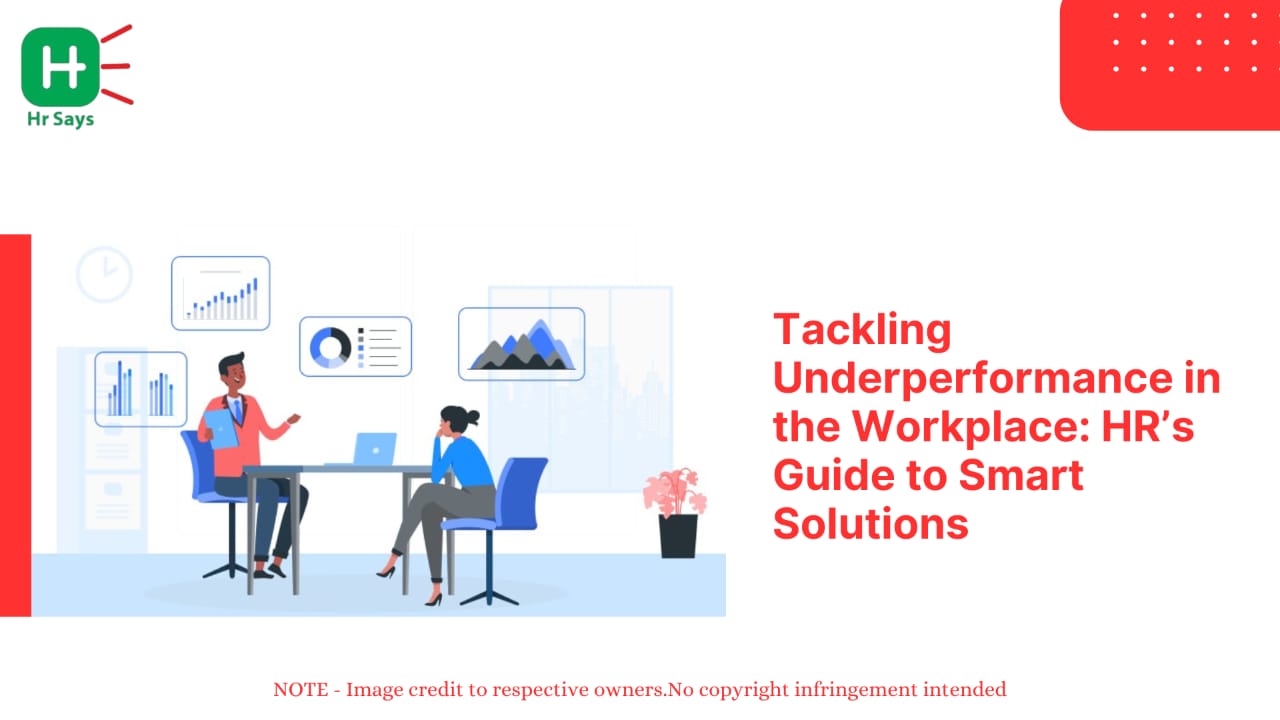Why does poor performance turn out to be a Renaissance problem in the workplace, even in successful companies? To HR professionals, Salsa is never about finding the problem, but rather solving it in a balance of empathy, structure and strategy. The reasons for struggle may differ among employees, and the ability to find the appropriate way becomes an important aspect of career development among HR specialists.
Understanding Why Underperformance Happens
There is a story behind every underperformance. At other times, it is regarding ambiguities of expectations. In other instances, productivity is influenced by a lack of resources and even personal problems. HR managers should not avoid intervening but work as change agents. Strategies to engage the staff of Indian companies tend to focus on the fact that staff work better when made to feel taken care of rather than intimidated.
Common Triggers of Underperformance
● Unclear job roles and deliverables
● Skill gaps left unaddressed
● Workplace culture misalignment
● Low motivation due to poor recognition
● Personal challenges impacting work focus
Recognizing these triggers allows HR to design corrective actions instead of reactive punishments.
HR’s Role in Addressing Underperformance
HR’s role in organizational growth is not just about hiring and compliance. It is also about nurturing an environment where employees are encouraged to improve. Leadership skills for HR managers include guiding both employees and their managers to handle performance dips constructively.
Steps HR Can Take to Manage Underperformance
1. Identify the gap early – Use HR analytics and data-driven decision making to track performance trends before they escalate.
2. Open communication – Encourage dialogue to understand the root cause rather than jumping to conclusions.
3. Create improvement plans – Employee performance management best practices suggest setting realistic, time-bound goals.
4. Offer training and upskilling – HR role in upskilling and reskilling employees is vital for long-term fixes.
5. Balance accountability with empathy – Employees must know improvement is expected, but support is available.
Balancing Culture and Performance
Workplace culture shapes how employees respond to challenges. Building workplace culture in Indian companies requires HR leaders to make sure performance discussions do not erode trust. When conversations are handled with fairness, employees are more likely to engage positively.
Diversity and inclusion in Indian workplaces also play a part here. Employees from different backgrounds may face unique barriers. Addressing underperformance fairly ensures no group feels singled out or unsupported.
Future-Ready HR Practices
The future of HR in India is moving towards a blend of people-centered and tech-enabled practices. HR automation benefits for companies include tracking performance consistently without bias. The role of AI in HR management is also expanding, helping managers identify issues early and suggest tailored learning paths.
At the same time, the human touch cannot be replaced. Hybrid work trends in India and mental health and HR role in India remind us that performance dips often have complex roots. A balanced approach of tech, strategy, and empathy ensures underperformance is not just addressed but transformed into growth.
Conclusion
Underperformance should never be seen as an endpoint. It is often an opportunity to refine skills, rethink strategies, and strengthen workplace culture. For HR professionals, the challenge lies not in penalizing low performers but in guiding them toward growth while aligning individual performance with organizational goals.

 Underperformance is a workplace challenge that demands more than quick fixes. By blending analytics, empathy, and HR best practices, professionals can address performance issues fairly while building a stronger culture that promotes growth and engagement.
Underperformance is a workplace challenge that demands more than quick fixes. By blending analytics, empathy, and HR best practices, professionals can address performance issues fairly while building a stronger culture that promotes growth and engagement.












.jpeg)












.jpeg)